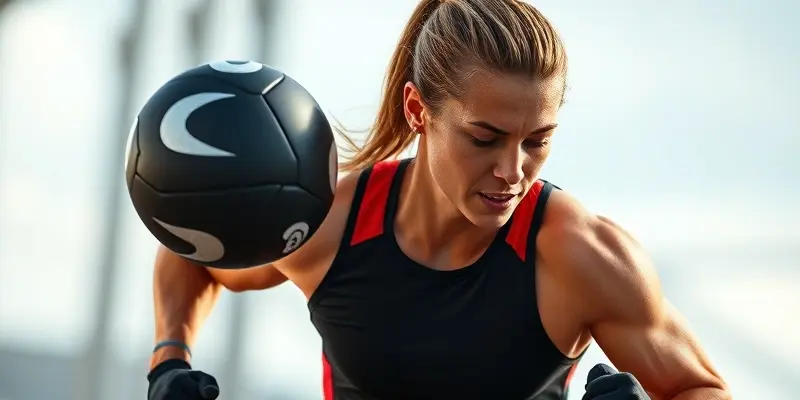Introduction
In the realm of fitness, the journey to peak performance is often accompanied by the risk of sports injuries. Whether you are a beginner embarking on your fitness journey or an elite athlete striving for excellence, understanding the significance of injury prevention and recovery is paramount. In this guide, we delve into evidence-based strategies to prevent common sports injuries, accelerate healing, and provide psychological support during rehabilitation.
Injury Prevention Strategies
Warm-up and Cool-down
Engage in dynamic warm-ups to prepare muscles and increase circulation, coupled with static stretches during cool-down to prevent stiffness and enhance recovery.
Proper Technique and Posture
Master sport-specific techniques, maintain correct posture, and undergo coached practice to reduce strain on joints and muscles, enhancing performance and averting overuse injuries.
Strength Training and Conditioning
Build strength, especially in vulnerable areas like knees and shoulders, to support joints and diminish the risk of injuries during high-impact activities.
Gradual Progression
Avoid sudden spikes in training intensity, follow the 10% rule, and allow for gradual tissue adaptation to prevent overuse injuries such as stress fractures and tendinitis.
Appropriate Protective Equipment
Equip yourself with sport-specific, properly fitted gear like helmets, knee pads, and footwear tailored to your sport to safeguard against trauma and stress.
Preseason Conditioning and Ongoing Preventive Programs
Consistent conditioning involving strength, flexibility, and balance exercises can significantly reduce the incidence of injuries, particularly ACL injuries and ankle sprains.
Recovery and Healing Acceleration
Nutrition Plans
Focus on anti-inflammatory foods, adequate protein for tissue repair, hydration, and essential nutrients like vitamin C and zinc to facilitate healing and muscle recovery.
Ensure your body receives the necessary nutrients for recovery
Tools and Gadgets
Utilize recovery aids such as foam rollers, compression garments, and cold therapy devices to alleviate muscle soreness and inflammation, expediting the recovery process.
Explore the benefits of using recovery tools in your routine
Physical Therapy and Rehabilitation
Embrace early, guided rehabilitation incorporating range-of-motion exercises and gradual strengthening to foster proper healing and a safe return to training.
Psychological Methods for Rehabilitation
Goal Setting and Support
Establish structured goals and seek support from coaches, trainers, and peers to enhance motivation and adherence to recovery protocols.
Mindfulness and Mental Skills Training
Engage in visualization, relaxation techniques, and cognitive behavioral strategies to manage injury-related stress and sustain mental readiness throughout the recovery journey.
Conclusion
By adopting a multifaceted approach encompassing injury prevention strategies, nutrition plans, recovery tools, and psychological support, fitness enthusiasts of all levels can effectively navigate the challenges of sports injuries, accelerate healing, and return to training stronger than before. Remember, a holistic perspective on wellness is the key to long-term performance and well-being.
Incorporating the latest Google standards on creating helpful, reliable, people-first content, this guide aims to empower individuals passionate about fitness with practical knowledge and strategies to enhance their athletic pursuits safely and sustainably. Stay strong, stay motivated, and prioritize your well-being on your fitness journey.

